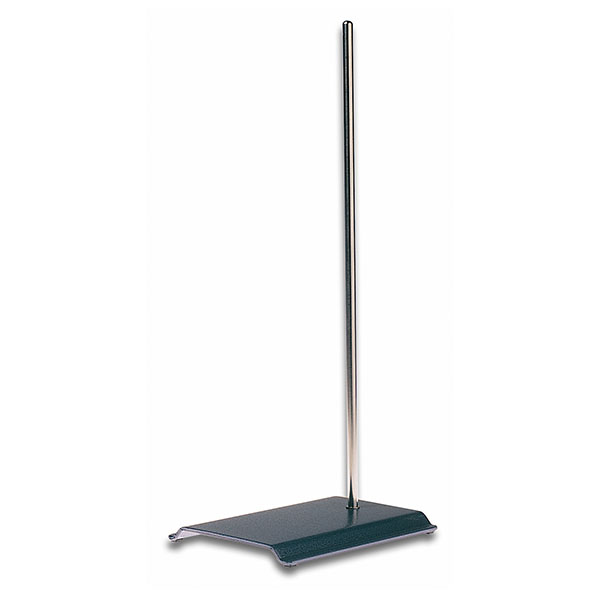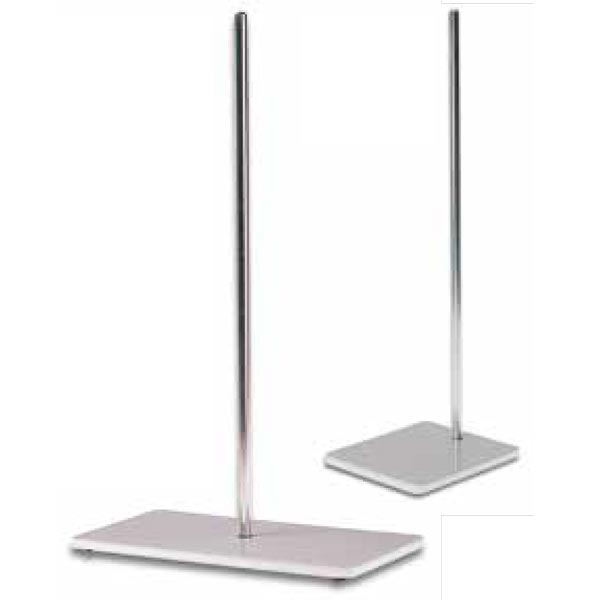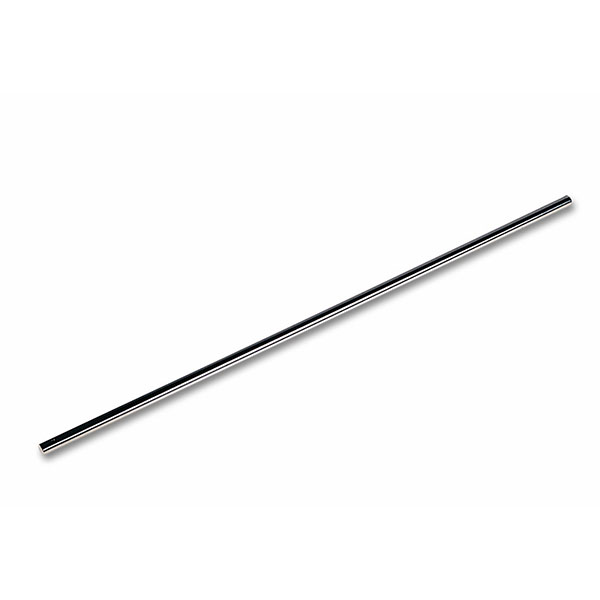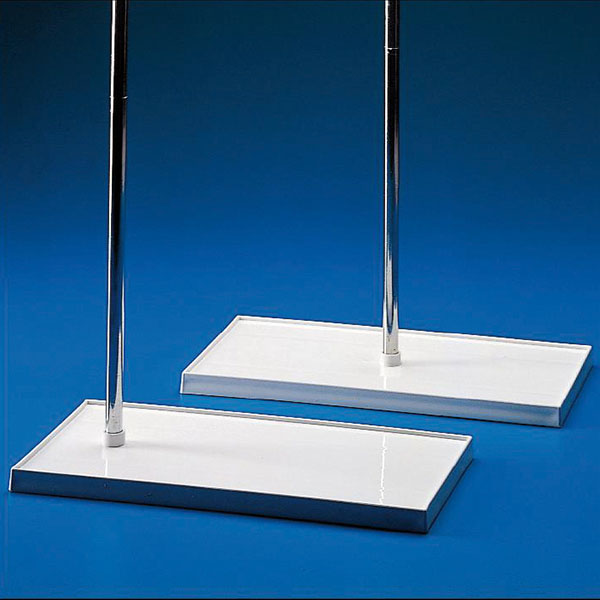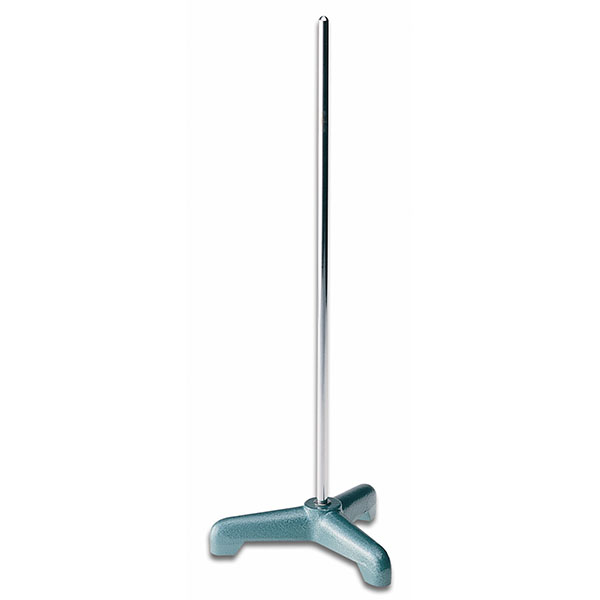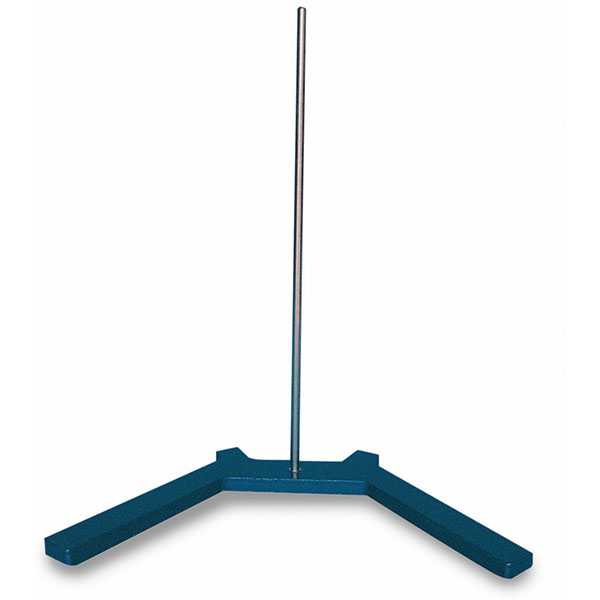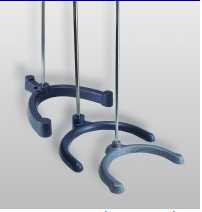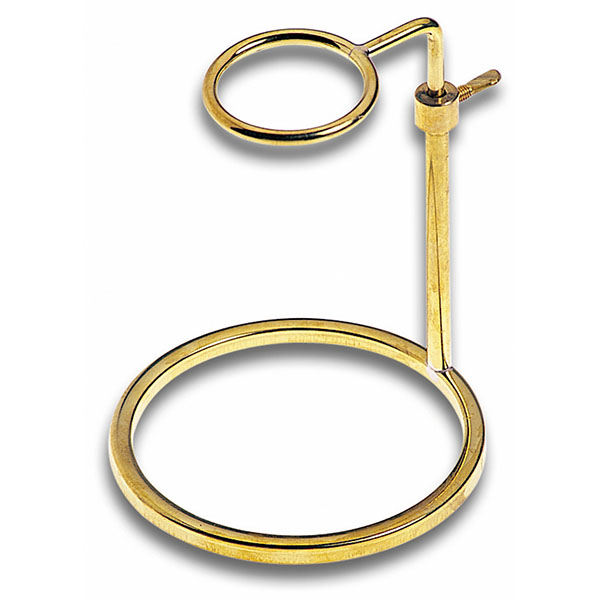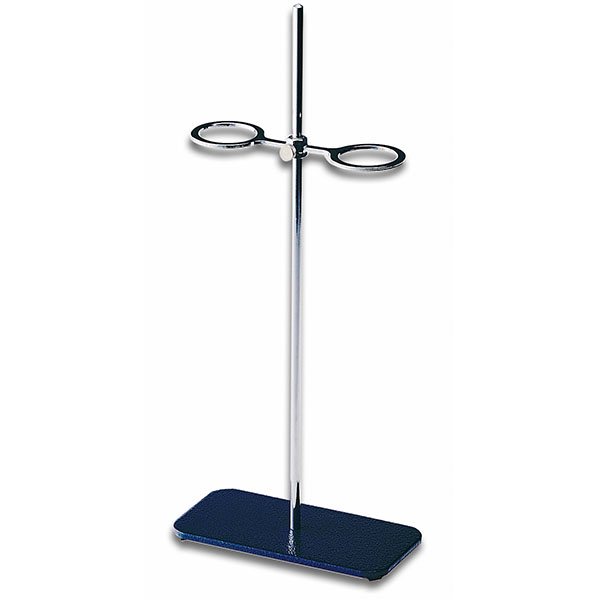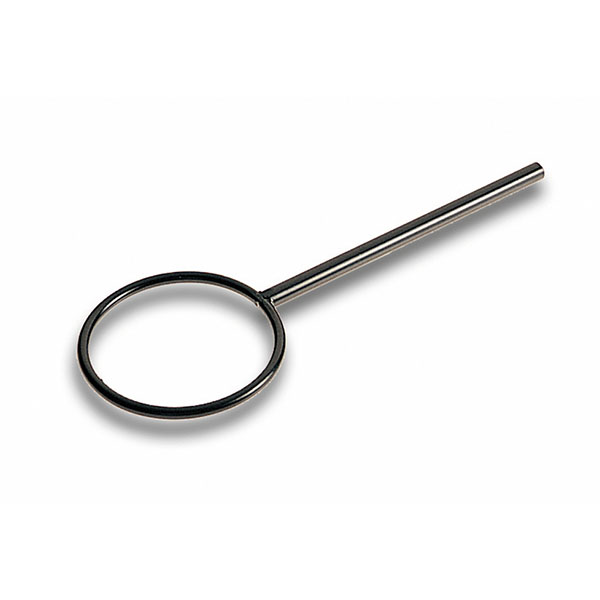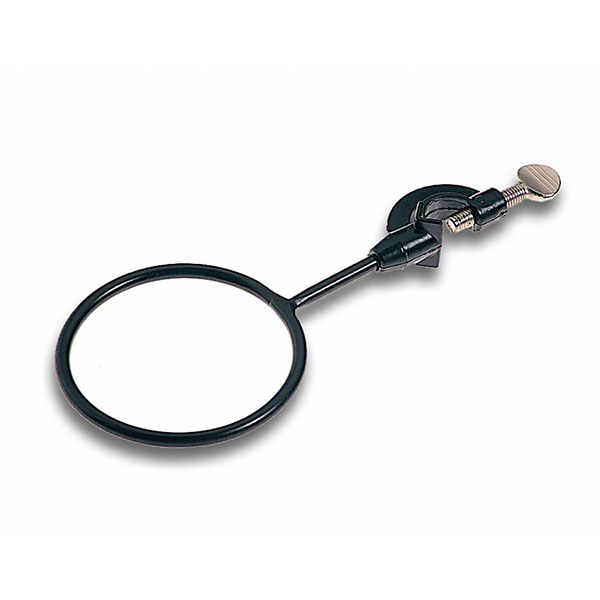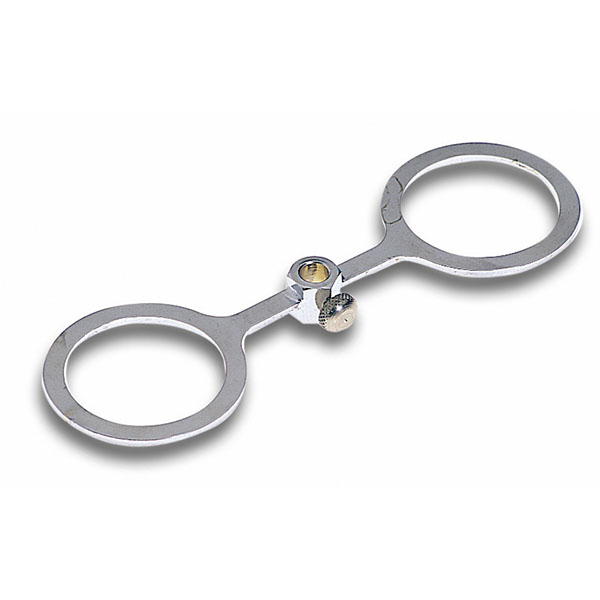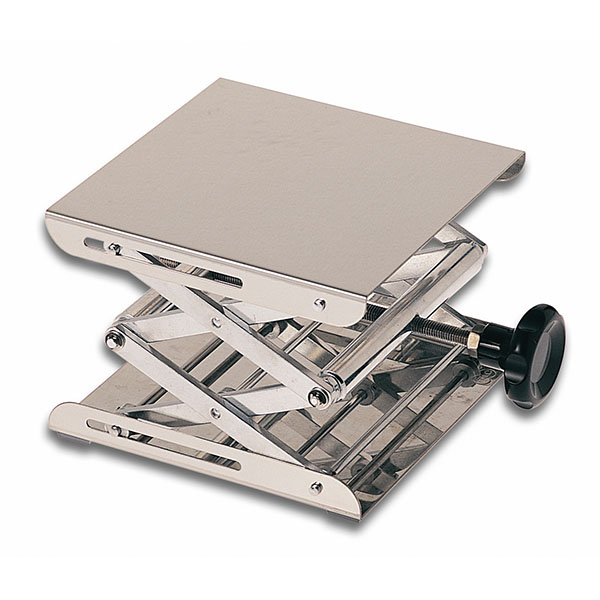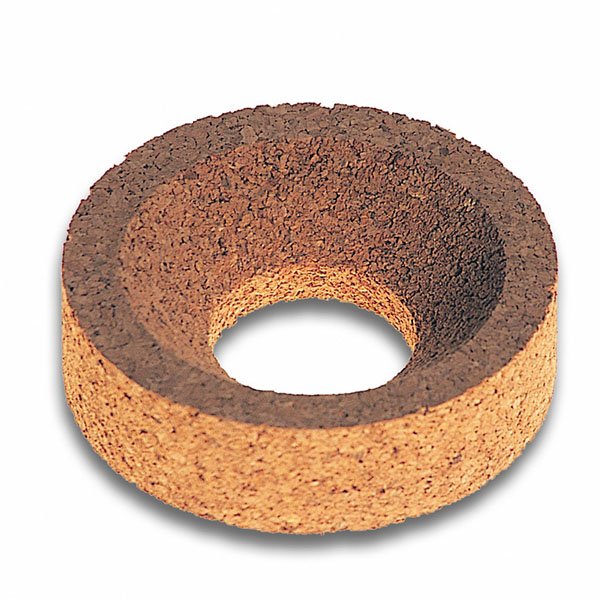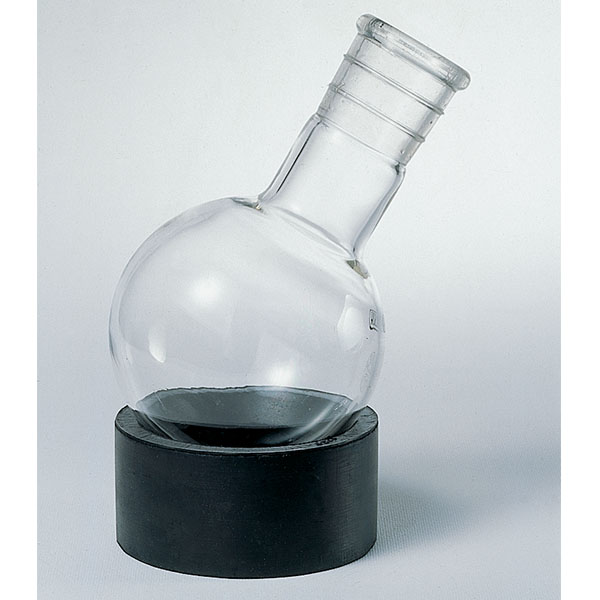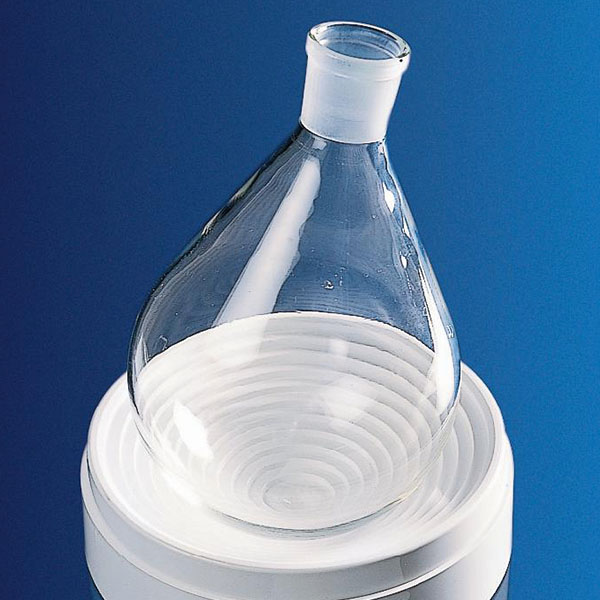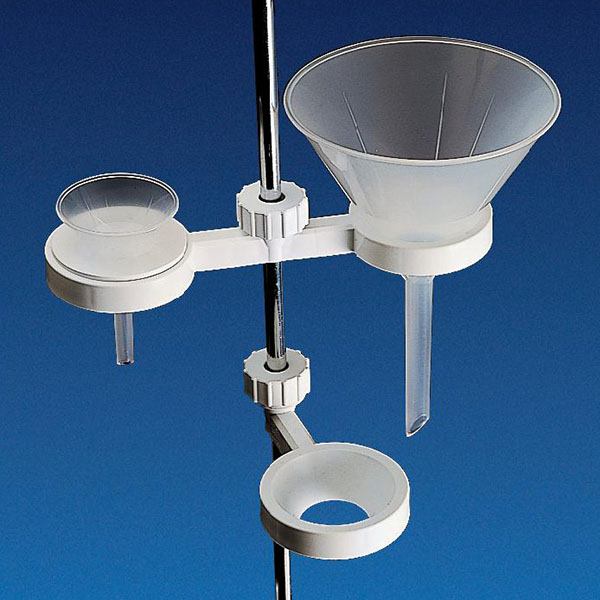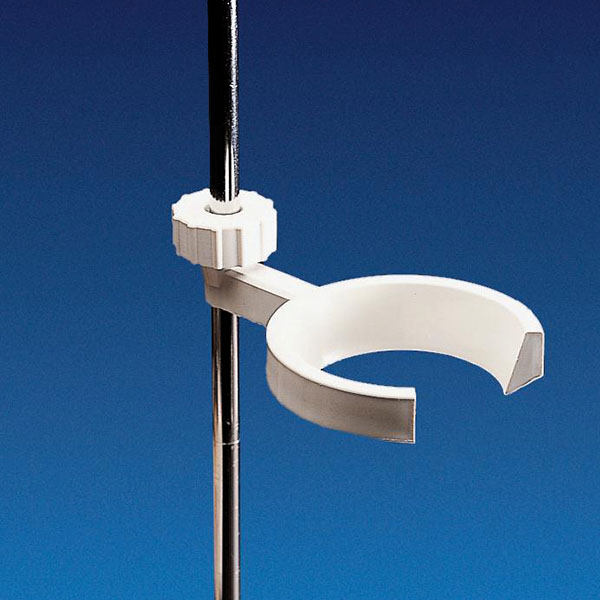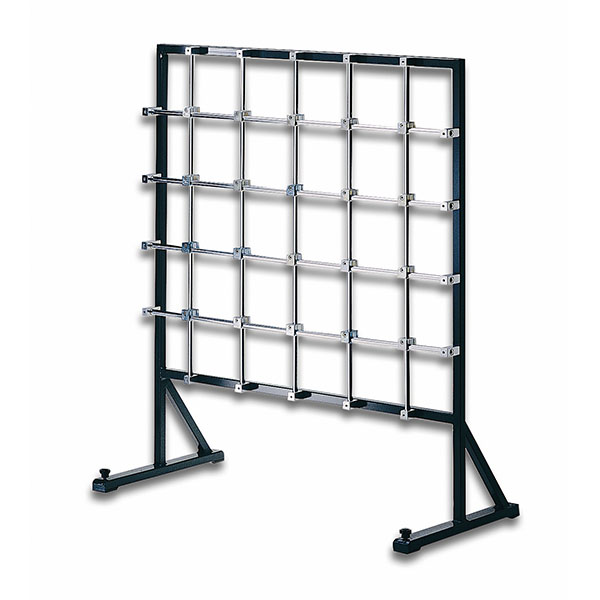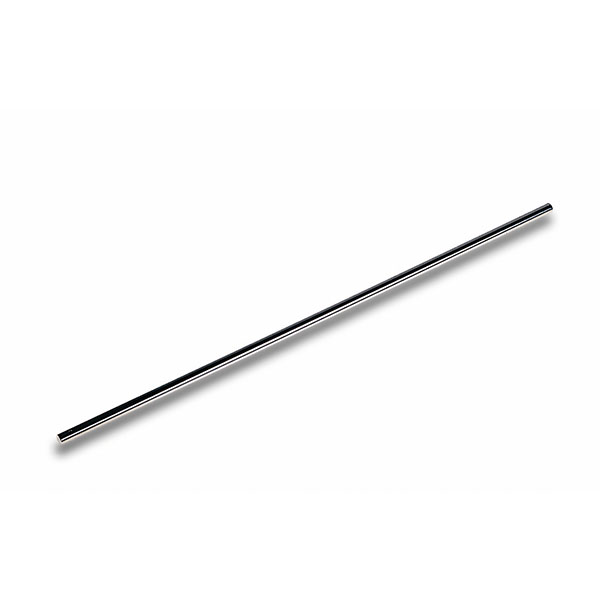Supports are extremely common tools used in a chemical laboratory as an aid to hold instrumentation in a comfortable and appropriate position for different processes. There are several variations of supports, which can vary in shape, size and material depending on their use.
Rods and bases
Poles are very common within a chemical laboratory. Standard models consist of a steel or chrome-plated iron rod attached to a base, which can be characterised by different shapes. For example, there are flat rectangular bases, or tripod bases made of stove-enamelled cast iron. The bases can be produced separately from the rods, and must be acid-proof and anti-corrosive, as well as resistant to abrasions and scratches so as not to be damaged by contact with laboratory materials. A further type of base is the horseshoe base, in painted cast iron.
Supports to be applied to rods
.
Poles consist of the structure to which further supports are then applied, depending on the equipment to be supported. For example, ring supports, or for funnels. As the name suggests, funnel supports are used to support such equipment. For this reason, their structure is characterised by a shape that accompanies and suggests that of the funnel. This serves to ensure stability.
Lattice frame supports
The trellis consists of a combination of rods, supported by two bases. This consists of a square-section, stove-enamelled tubular steel frame. The rods that make up the truss are fixed together with anodised aluminium clamps, and their spacing is adjustable. Usually the trusses measure 20 cm from the surface on which they are positioned.
Trellisle supports are used when it is necessary to support an apparatus of several instruments, for which one rod would not be sufficient.
Balloon support
In a chemistry laboratory, there are numerous pieces of equipment with spherical bottoms, such as balloons. Since these do not have equilibrium to rest on a flat surface, they need a special support. Balloon supports consist of hollow cylindrical structures, the inner walls of which have the shape of a half sphere or cone, in order to accommodate the round bottom of the balloons. Some models have cross-sectional, rather than smooth, inner walls, so that they can accommodate balls of any size. Balloon supports must also be able to withstand high temperatures. For this reason, they are made of materials such as polypropylene, suberite and rubber.



